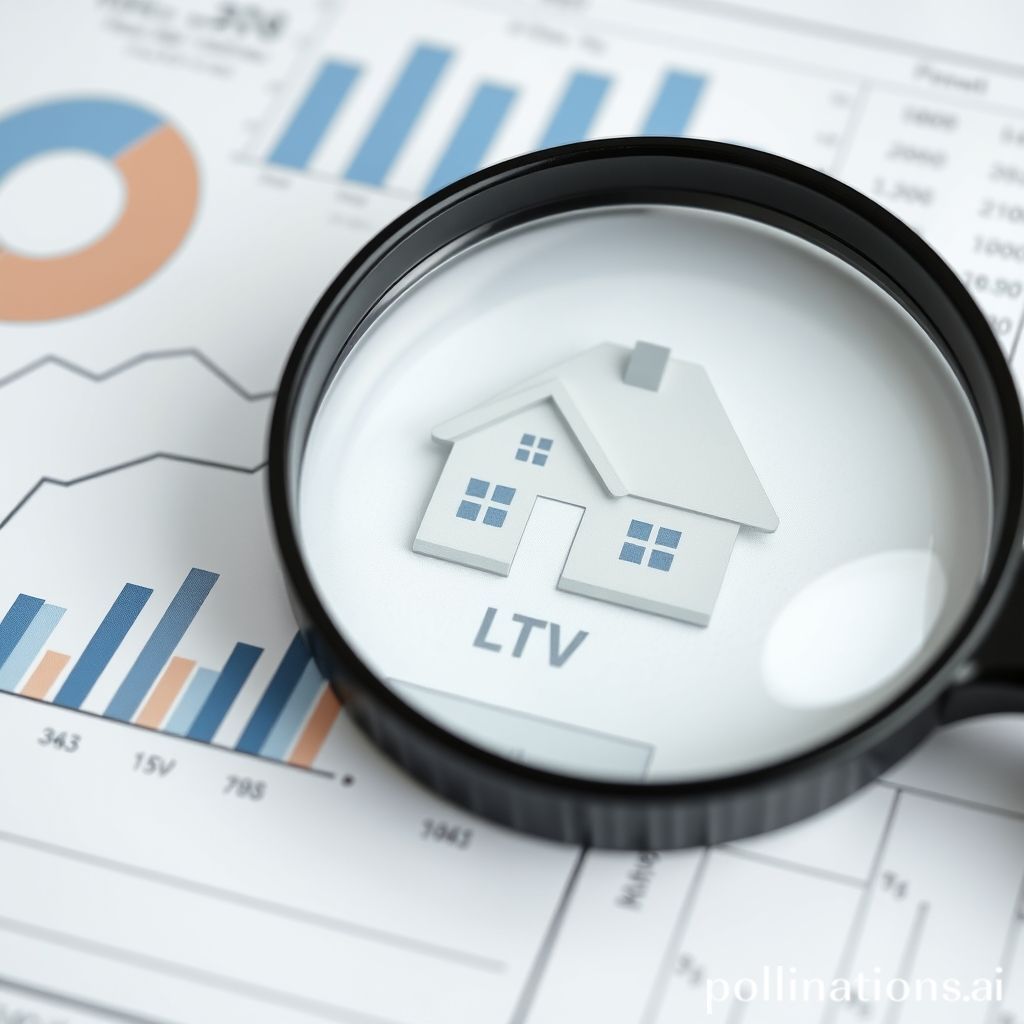In the dynamic landscape of private real estate lending, the Loan-to-Value (LTV) ratio stands as a pivotal metric for assessing risk and determining potential rewards. As investors seek opportunities in this sector, understanding the implications of LTV ratios becomes essential for informed decision-making.
What Is Loan-to-Value (LTV)?
The Loan-to-Value ratio is a financial metric that compares the amount of a loan to the appraised value of the property securing the loan. It's calculated as:
LTV = (Loan Amount / Appraised Property Value) * 100%
For example, if an investor provides a loan of $700,000 secured by a property appraised at $1,000,000, the LTV ratio would be 70%.
The Role of LTV in Managing Investment Risk
LTV ratios are instrumental in evaluating the risk associated with a real estate investment. A lower LTV indicates a higher equity cushion, offering greater protection to the lender in case of a decline in property value. Conversely, a higher LTV suggests increased risk, as there is less equity to absorb potential losses.
In private lending, maintaining conservative LTV ratios is a common risk mitigation strategy. Lenders often set maximum LTV thresholds to ensure that borrowers have sufficient equity at stake, aligning interests and reducing the likelihood of default.
How LTV Influences Yield and Risk
The LTV ratio directly impacts the balance between risk and return in real estate lending.
- Lower LTV Ratios (e.g., 50-65%): These are associated with lower risk, as the borrower has more equity invested in the property. While the returns might be more modest, the investment is better protected.
- Higher LTV Ratios (e.g., 70-85%): While these can offer higher yields due to increased interest rates to compensate for risk, they also expose the lender to greater potential losses if the borrower defaults.
Investors must assess their risk tolerance and investment objectives when determining acceptable LTV levels for their portfolios.
LTV in Practice: Real-World Scenarios
Scenario 1: Conservative LTV
An investor provides a $500,000 loan secured by a property valued at $1,000,000, resulting in a 50% LTV. If the property's value declines by 20% to $800,000, the LTV adjusts to 62.5%, still within a relatively safe range.
Scenario 2: Aggressive LTV
A $750,000 loan on the same $1,000,000 property yields a 75% LTV. A 20% drop in property value to $800,000, pushes the LTV to 93.75%, significantly increasing the lender's exposure to loss.
These examples illustrate how LTV ratios can influence the resilience of an investment to market fluctuations.
Conclusion
Understanding and managing Loan-to-Value ratios is fundamental to successful private real estate lending. By carefully evaluating LTV metrics, investors can make informed decisions that balance potential returns with acceptable risk levels. A commitment to conservative LTV practices is a key indicator of a lender's dedication to safeguarding investor capital and delivering consistent performance.
